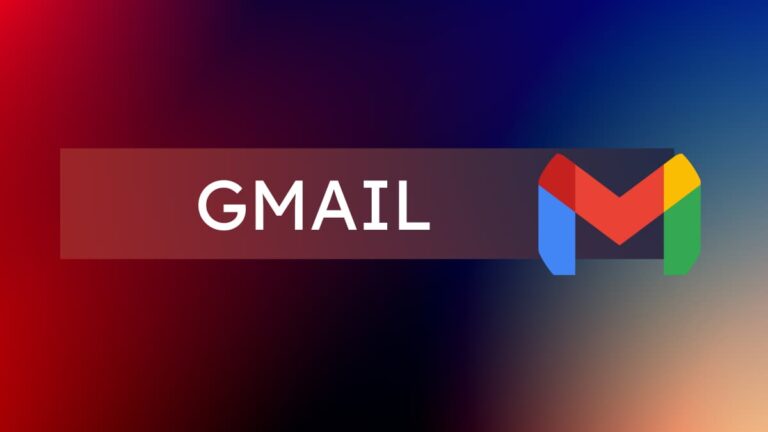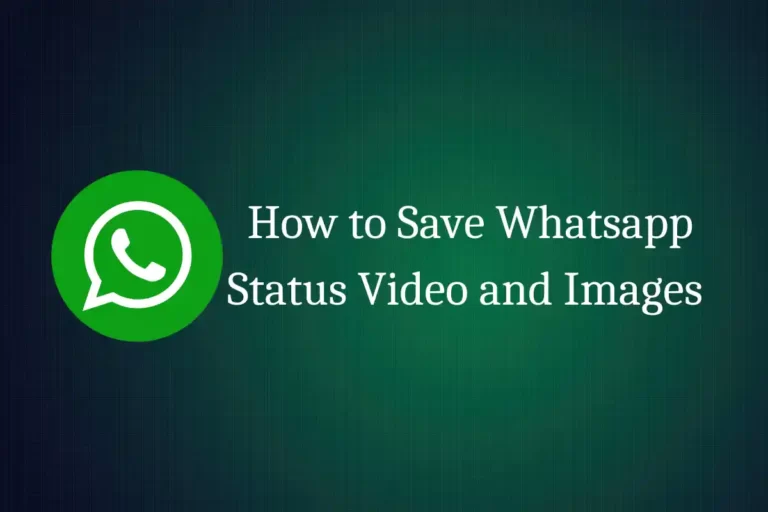FLUTTER BETA 3: Important Feature Updates and Improvements
The latest release of the Flutter Beta 3 version has made the cross-platform world a little more fascinating.
Highlights from the post:
- Google introduced Flutter 3 at its Google I/O conference, which adds macOS and Linux compatibility, completing Flutter’s cross-platform roadmap.
- The new beta version also features Apple Silicon and Casual Game Toolkit support.
- Flutter 3 apps may now be produced on six distinct platforms using the same Dart source, thanks to its compatibility with Mac and Linux.
- In addition to macOS and Linux, Flutter 3 is available for Android, Web, and Windows.
Flutter 3 also supports Material 3, which serves as the foundation of the Flutter interface. Its many features include dynamic colour support, improved typography, and
Introduction
Flutter is a software framework created by Google several years ago with the intention of creating cross-platform applications. Designed to compete with platforms such as React Native, the library combines native performance and platform support with the faster development and multiplatform reach of portable UI toolkits. Dart, a programming language developed by Google, is used to create Flutter apps.
Flutter 3 is unique in that it allows you to create apps for Android, iOS, Linux, Windows, macOS, and the web with the same shared code.
Although Flutter 2.10 made it easier to create applications for Windows, neither macOS nor Linux was completely supported. The situation has now altered, with Google announcing Flutter 3 at this year’s Google I/O, which includes support for creating apps on both Mac OS X and Linux.
What has changed in Flutter 3?
Support for macOS and Linux is stable.
Support for new input and interaction models, compilation and build, accessibility and internationalization, and platform-specific integration are all included in a platform support package. Flutter 3 enables Flutter app developers to create Flutter apps that use the underlying operating system while sharing UI and logic.
You can bundle executables that operate natively on both architectures of the OS using macOS Universal Binary support.
Canonical and Google have worked to create the most complete Linux development platform.
Apple Silicon Valley
Flutter is now fully compatible with Apple silicon in this version. While Flutter has always been compatible with M1-powered Apple devices, it now fully exploits Dart’s support for Apple silicon, enabling for substantially quicker compilation on M1-powered devices.
Material You (Material Design 3) Widget
Material Design 3 is a design language developed by Google. The Flutter team has created a cross-platform design system in order to construct aesthetically appealing and interactive Flutter apps. The following features are included:
- Colors that adapt
- New controls
- New application menu
- Support for variable fonts
Firebase Flutter
Firebase is now fully integrated with Flutter, making it an essential component of their offering. Google Firebase is a back-end platform for developing mobile and web applications. Flutter supports a number of third-party integrations, including Firebase, AWS Amplify, Sentry, and AppWrite. To build, debug, and distribute apps, Flutter developers require a comprehensive collection of tools. Data storage, authentication, device testing, and cloud functions are just a few of the services available.
Crashlytics by Firebase
Crashlytics support for apps has been added to Flutter 3.0. Crashlytics is a prominent real-time crash-reporting tool provided by Firebase.
With the latest release to the Flutter Crashlytics plugin, you can now track fatal errors in real-time, giving you access to all of the same functionality as other iOS and Android developers. Alerts and metrics such as “crash-free users” can be used to monitor app stability.
Crashlytics has been enhanced to cluster Flutter crashes, making it easier to discover, prioritize, and resolve issues. Crashlytics has also streamlined the plugin setup process, so you can integrate it with your Dart code and get Crashlytics up and running with just a few clicks.
Flutter Games Toolkit
The newly released version of Flutter caters to the growing casual game development community by combining Flutter’s hardware-accelerated graphics support with open-source engines such as Flame.
Flutter 3’s Casual Games Toolkit includes starter templates and best practices, as well as credits for ads and cloud services.
A good read: The Future of Technology in Education 2023 and Key Advantages of Enterprise Mobility Solutions.
How Has Flutter 3 Improved Performance?
The Flutter engineering team takes Flutter performance enhancement to the next level by using benchmarking to measure the advantages of optimization. Furthermore, the performance of the opacity animation for basic cases has been enhanced.
Opacity widgets that are made up of a single rendering primitive, for example, do not implement the saveLayer method, which is typically called by Opacity instead.
Flutter 3 calculates the rendering picture complexity using the drawing operations costs that it contains. Memory usage is thus reduced without compromising Flutter app performance.
Updates for Mobile
Flutter 3 has made significant changes to the Android and iOS platforms.
Support for foldable devices
Foldable mobile devices are included in the all-new Flutter version. The most recent widgets and features enable you to create dynamic and engaging visual experiences on foldable devices. This function was created in conjunction with Microsoft.
Also Read: Steps to Remove & Meaning of Lien in Hindi
iOS now supports different refresh rates.
Variable refresh rates and ProMotion displays are now supported in the latest edition of Flutter for iOS devices, including the iPad Pro and iPhone 13 Pro. Rendering at framerate rates as high as 120Hz is now possible. Fast animations will appear more fluid with smooth scrolling.
Web Updates
Significant improvements, particularly in performance, have been made.
Image decoding and scrolling are now faster.
Flutter 3 allows Flutter app developers to decode images asynchronously away from the main thread. The browser’s built-in codecs encode images. The image is decoded twice as fast using this strategy, and the main thread is never blocked by earlier trash.
API for app lifecycle management
Thanks to the new Flutter web app lifecycle API, you can now manage how your app bootstraps. You can also enable desktop compatibility for your app. The improved web codec API also allows for faster scrolling, with a high likelihood of achieving 60 frames per second while decoding images.
Theme Add-ons
You can now add anything to the material library using the ThemeData extension. You can avoid repeated programming by referencing ThemeData.extensions instead of extending ThemeData and implementing copyWith, lerp, and so on. As a package developer, ThemeExtensions can also be offered.
Ads
The latest version of Flutter 3 meets the needs of publishers by allowing them to create targeted advertising and manage Apple’s App Tracking Transparency (ATTT) regulations. As an alternative to the open-source Consent SDK, Google provides its own User Messaging Platform (UMP) SDK.
Dart: Flutter App Development
Dart 2.17 will be published alongside Flutter 3. Its primary advantages include mobility and productivity. This release provides new language features such as enums with members, superclasses with parameter passing, and more flexible named parameters.
Dart:ffi has also improved the Dart linter package:lints and C interop. Some of the new features are as follows:
Improved enumerations
Superb builders
Name arguments can be placed anywhere.
Conclusion
Google’s commitment to multiplatform UI development on the web, mobile, and desktop is exemplified by Flutter 3. Flutter 3 completes the transition from mobile-centric to multiplatform by providing support for macOS and Linux desktop apps, improvements to Firebase integration, productivity and performance optimizations, and Apple Silicon compatibility. Flutter’s efforts to establish itself as an innovative platform that continues to aid organisations of all kinds and capacities all over the world are admirable and should be recognised. Flutter 3’s cross-platform future appears bright and exciting.






